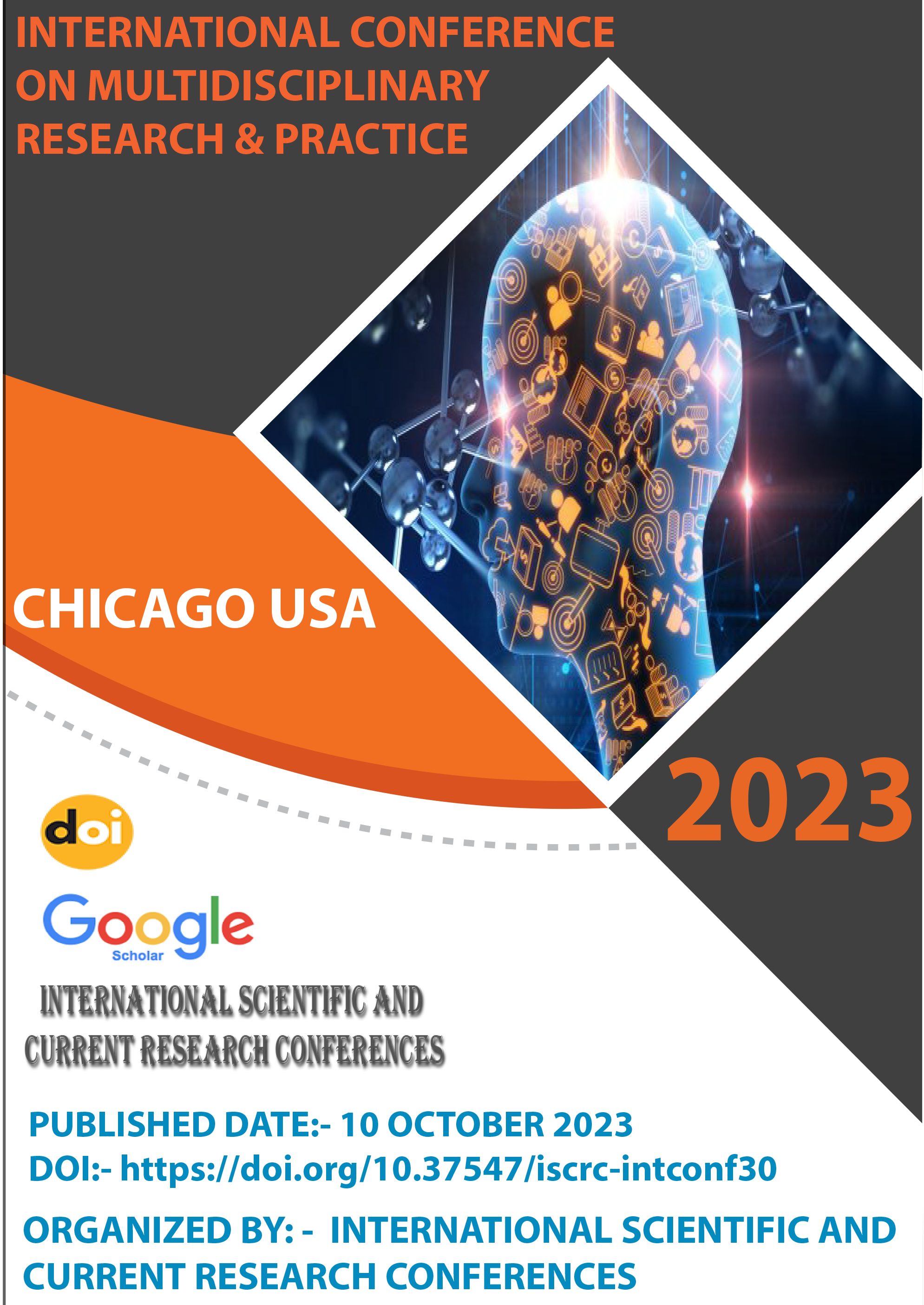TECHNOLOGY FOR DEVELOPING A MODEL FOR THE DEVELOPMENT OF COMPETENCE IN STUDENTS
Keywords:
being studied, its characteristics, structureAbstract
It is known that improving the quality and effectiveness of teaching mutation subjects is inconceivable without prior development of a model aimed at improving the teacher's engineering competence in accordance with the objectives of this study . In this regard, it is necessary to identify the most important points that we rely on to create a model for the development of engineering competence. First of all, the model system is studied in the unity and interaction of its elements and reflects the important characteristics of the object being studied, its characteristics, structure, dynamics, characteristics of actual objects' functioning, because "the potential in which a person can study it (lot. (Matthew 24:14; 28:19, 20) Jehovah's Witnesses would be pleased to answers with you."
Downloads
References
Decree of the President of the Republic of Uzbekistan dated April 20, 2017 No. PP No. 2909 “on measures to further develop the higher education system”.
Abduraimov Sh. S. Dissertation on the topic “Improving the pedagogical capabilities of intersectoral integration in ensuring the quality of training teachers of vocational education". Tashkent.-2017.
Sobirovich, S. S., & Allakulovich, N. U. (2020). The implementation of integration in specific and general professional sciences as a pedagogical problem. Palarchus Journal of Egyptology of Egyptology, 17(6), 3217-3224.
Nurullaev, U. A. (2021). Problematic form of education and theoretical and methodological aspects of its educational implementation. Academic Research in Educational Sciences, 2(2).
Downloads
Published
How to Cite
Issue
Section
License
Copyright (c) 2023 Nurullaev Usmon Allakulovich

This work is licensed under a Creative Commons Attribution 4.0 International License.
The content published on the International Scientific and Current Research Conferences platform, including conference papers, abstracts, and presentations, is made available under an open-access model. Users are free to access, share, and distribute this content, provided that proper attribution is given to the original authors and the source.






